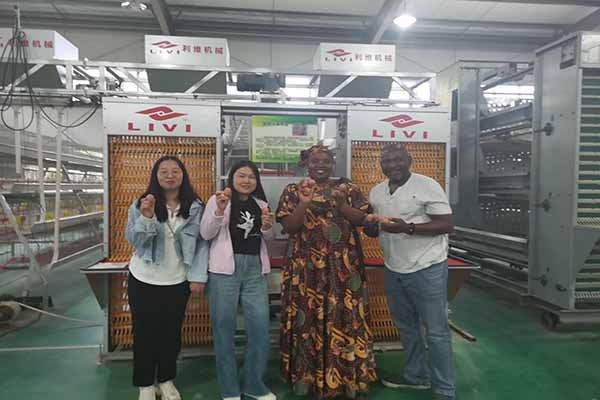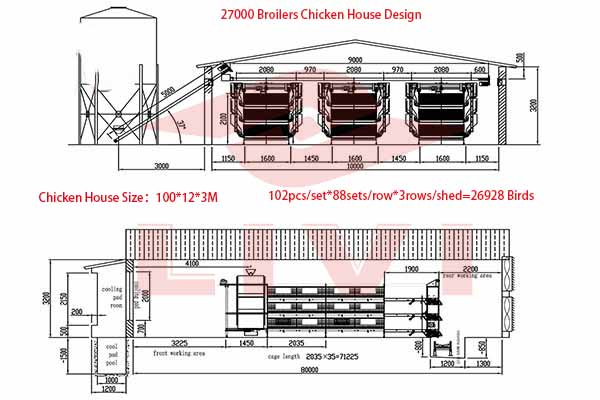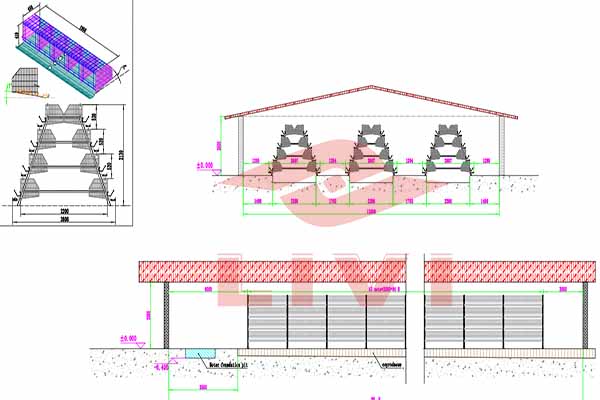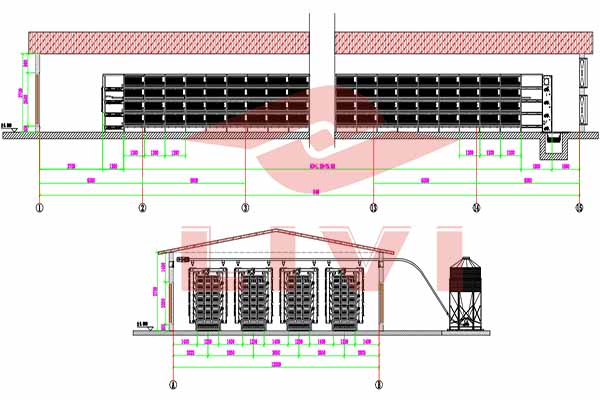How to Start a Poultry Farm with Limited Space
Introduction
Starting a poultry farm can be a rewarding venture, but limited space can present unique challenges. With careful planning and innovative solutions, even a small-scale operation can be successful. In this article, we’ll explore how to start a poultry farm with limited space, focusing on practical tips and strategies.
1. Site Selection and Layout
Choosing the right location is crucial. Look for a site with good drainage, access to water, and proximity to markets. Here are some key considerations:
–
- Space Allocation: Determine the space required for housing, feed storage, and waste management.
- Proximity to Markets: Ensure easy access to distribution channels to reduce transportation costs.
- Environmental Regulations: Comply with local regulations regarding poultry farming and waste disposal.
2. Efficient Housing Design
Optimize the use of space with efficient housing designs. Consider the following:
–
- Layer Houses: Use deep litter systems or battery cages to maximize space and minimize waste.
- Broiler Houses: Design for high-density housing with adequate ventilation and lighting.
- Coop Layouts: For backyard or smaller operations, consider multi-tiered coops or mobile units.
3. Feed and Water Management
Efficient feed and water management are essential for a successful poultry farm:
–
- Automatic Feeders: Use automated systems to control feed distribution, reducing waste.
- Water Systems: Implement low-pressure water systems to minimize leaks and water usage.
4. Waste Management
Effective waste management is crucial for environmental and regulatory compliance:
–
- Composting: Use composting methods to convert waste into organic fertilizer.
- Biogas Production: Consider biogas systems to convert waste into energy.
5. Health and Biosecurity
Maintaining the health of your flock is vital:
–
- Regular Vaccinations: Implement a vaccination schedule to prevent diseases.
- Sanitation Protocols: Enforce strict biosecurity measures to minimize disease risk.
6. Technology and Automation
Leverage technology to improve efficiency and reduce labor costs:
–
- Monitoring Systems: Use automated systems to monitor flock health and environmental conditions.
- Control Systems: Implement automated control systems for feeding, watering, and ventilation.
Conclusion
Starting a poultry farm with limited space requires careful planning and innovative solutions. By focusing on efficient housing, feed and water management, waste management, health and biosecurity, and technology, you can create a successful operation. For more detailed information and free design consultation, leave a comment below or contact LIVI Machinery today.





